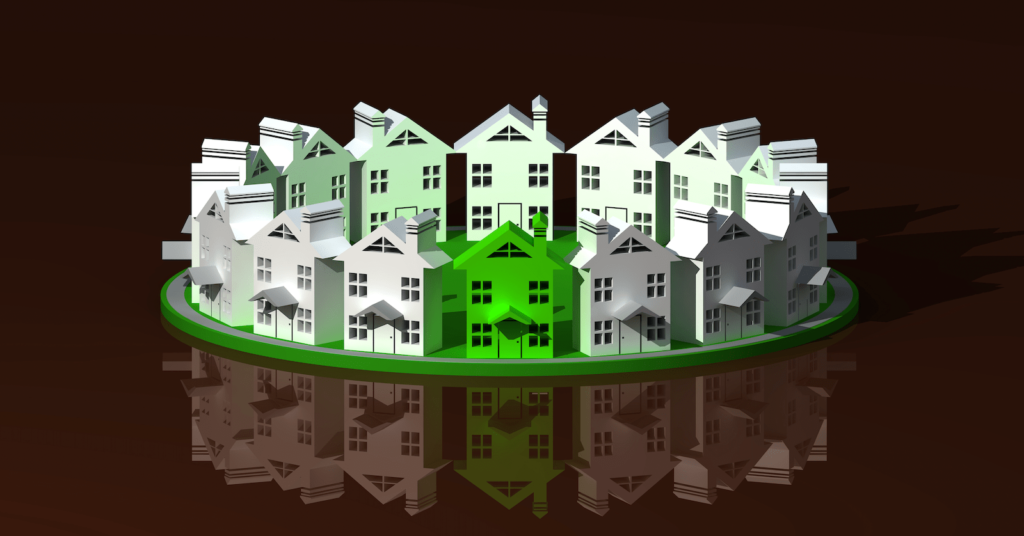[ad_1]
When the Build Back Better Act failed in Congress, so, too, did the latest effort to extend several temporary energy tax incentives supported by the National Association of Home Builders. Among these was the Section 45L Energy Efficient Home Credit, which lapsed at the end of 2021.
Even if the act, or some version of it, is revived, Section 45L would likely be overhauled. The 45L program, as set forth in Build Back Better, would be extended through the end of 2031 but would take on a different form moving forward. One key change, for example, is that eligibility for the tax credit would require participation in the Energy Star program.
NAHB believes Congress is making a mistake by pegging eligibility to Energy Star.
RELATED
Since its inception, qualifying for Section 45L was based on meeting specific energy savings targets based on energy codes (currently the 2006 International Energy Conservation Code). Starting in 2022, the bill proposes basing eligibility on participation in the Energy Star Residential New Construction Program. The credit amount would increase from $2,000 to $2,500 for qualifying homes and would create a higher-tier credit of $5,000 for eligible single-family homes certified as zero-energy ready under the Department of Energy’s Zero Energy Ready Home Program. Eligibility for multifamily projects would change as well.
For multifamily projects, starting in 2022, eligibility would also be based on participating in the Energy Star Multifamily New Construction Program. The credit would be reduced from its current $2,000 per qualifying unit to $500. However, projects that pay prevailing wages would be eligible for a higher credit amount of $2,500 per unit. In addition, multifamily units certified as zero-energy ready under the DOE’s Zero Energy Ready Home Program are eligible for a $1,000 credit per unit, or $5,000 per unit under Davis-Bacon prevailing wage requirements.
The new Energy Star eligibility requirement will reduce the tax credit program’s effectiveness. While the Energy Star program has its merits, it’s unlikely to see wide adoption. NAHB opposes the changes to the 45L tax credits as currently proposed in the Build Back Better Act.
‘Missing Middle’ Production Falls Short of Demand
In the first decade of this century, medium-density housing, including townhouses, duplexes, and other small, multifamily properties, made up almost 11% of total multifamily construction. In the wake of the Great Recession, however, the multifamily segment of this market—apartments in two- to four-unit properties—hasn’t rebounded to pre-recession production levels.
In 2021, for example, there were only 12,000 total housing starts of such residences, representing just 2.5% of all multifamily construction. Such housing is part of what industry analysts call the “missing middle.”
While townhouse construction has trended higher in recent quarters, that alone isn’t sufficient to meet demand. Many low- and moderate-income households, especially younger people, depend on this type of moderate-density housing. Already burdened with high housing costs, these households will continue to face rising costs as the supply of such multifamily housing falls short of demand.

[ad_2]
Source link
